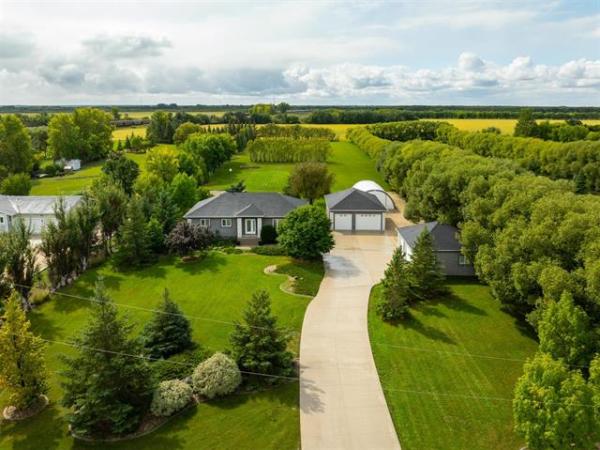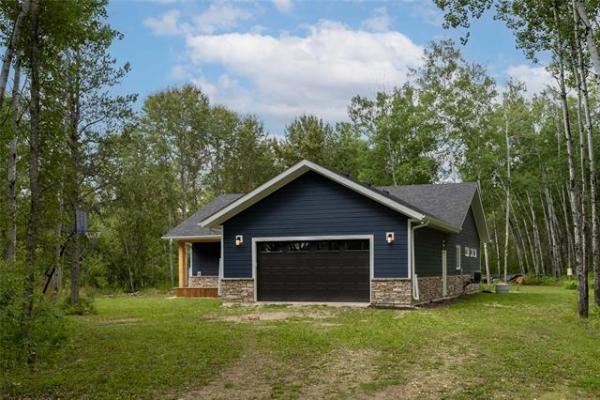Question: I was hoping you might be able to guide me in the right direction. I live in Linden Woods and moved into my house about two years ago. I noticed that beside my front steps there is a gap the size of my fist leading underneath my stairs. I am pretty certain voles and rabbits like to get underneath the stairs, as I have had a problem with voles last spring and now. I was thinking of buying three-quarter or one-quarter gravel to stuff the hole. After looking closer, I am not sure a couple bags of gravel will fill the gap underneath the stairs.
Can you please tell me what people generally do? I am thinking some rock may help and at the very least, cover the hole without filling the space entirely underneath. It would be very hard to push the rock all the way down.
Also, the sidewalk leading up to my front stairs has sunken. If I wanted to get that fixed, even though I don't think it affects much, do you recommend Mud Ruckers?
Thanks for your help,
Ryan S.
ANSWER: Filling in under your steps is an important step to prevent not only pests, but also seepage into your foundation through small cracks or openings that may be hidden from view. The key is to fill the void with whatever material is the most practical, as long as you fill it in to grade level or higher.
The empty space that has developed under your steps is often much deeper than can be observed from the outside. This is due to normal erosion of the soil and will increase with poor grading in the rest of the yard, particularly in the area near the stairs. Filling in this area is part of regular maintenance and will likely have to be done every few years. The good news is a more thorough job now will make future repairs less frequent. To access the area for proper back-filling, you may first have to excavate a larger opening at the side of the stairs to allow shovelling large amounts of fill that will not fit through the small opening you currently can see.
The ideal type of fill under your stairs is the heavy clay soil that normally surrounds your home below the layer of topsoil and grass or other vegetation. This is good material to use because it will only compact to a certain degree and will only absorb a certain amount of moisture before it becomes saturated. Both of these properties will prevent further erosion and seepage into the foundation. The problem with using clay is the difficulty in packing it tight enough under your stairs to accommodate good conditions for proper compaction and slope. You may only be able to fill the area with large clumps of this heavy fill, which may have large gaps between each piece, providing an area to collect moisture and harbour pests.
Using stone for fill under the steps is normally a more practical solution due to the ease of shovelling and the excellent resistance to erosion. Using stone that is not clean will further add to its effectiveness. By this I mean stone that has varying sized pieces, which will fill in more fully. This material is often referred to as three-quarter down or quarter down. The term comes from the size of mesh the raw material is passed through so anything smaller than the size quoted will fall through and comprise the mix. For example, three-quarter down will have stones from just under three-quarters of an inch in size right down to sand-sized particles. The benefit of this type of fill is more complete coverage with minimal compaction required.
Once you have dug down outside the steps enough to see the size of the void underneath, you can do a rough measurement to determine the quantity of fill you need to order. Always order more than required because you are mainly paying for the delivery charges rather than the material. It can be a major pain when you run out of material when the job is almost finished and you can always find some other area around your home or a neighbour's to use the extra stone. Try to fill the gap as high as possible, even above grade along the foundation and deeper under the steps. This is important, as the material will eventually settle and try to fall back out from under the stairs. Once full, the initially excavated topsoil can be replaced and built up along the outside of the stairs and foundation. This will help prevent the new stone fill from pouring out of the void and provide good drainage away from the home.
Lifting the sidewalk by mud-jacking, if it is concrete, may be a good idea to help with the rest of the landscaping. Raising it back up to original height will allow you to replace eroded soil beside it and further improve the grading and drainage. The cost may be slightly prohibitive, but may be worth it if your current sidewalk is in otherwise good condition. If the concrete is deteriorated, removal and replacement with interlocking stone is a better option. If you do opt for mud-jacking, talk to the contractor about the possibility of them filling the void under your steps with the same material they use to lift the sidewalk. If the cost is not too high, it may eliminate a few hours of heavy labour and save you from some back pain.
Ari Marantz is the owner of Trained Eye Home Inspection Ltd. and the President of the Canadian Association of Home & Property Inspectors - Manitoba (www.cahpi.mb.ca). Questions can be emailed to the address below. Ari can be reached at (204) 291-5358 or check out his website at www.trainedeye.ca.
trainedeye@iname.com



